tree in bud opacities causes
Viral pneumonia fungal pneumonia eg. Staphylococcus aureus Haemophilus influenzae Mycobact erium tuberculosis Mycobacterium.
As you can see the possible causes of a tree in bud appearance are legion.
. Causes for TIB opacities were established in 166 of 406 409 cases. News for the press. The purpose of this study was to determine the relative frequency of causes of tib opacities and identify patterns of disease associated with tib opacities.
Tree In Bud Pattern Radiology Case Radiopaedia Org The tree-in-budsign is a nonspecific imaging finding that implies impaction within bronchioles the smallest airway passages in the lung. Respiratory infections 119 of 166 72 with mycobacteria 65 of 166 39 bacteria 44 of 166 27 viruses four of 166 3 or multiple organisms six of 166 4 were most common. Tree-in-bud TIB appearance in computed tomography CT chest is most commonly a manifestation of infection.
Diffuse panbronchiolitis is an exudative bronchiolitis. Bronchiectasis which may be of any cause can produce the tree-in-bud pattern. Respiratory infec-tions 119 of 166 72 with mycobacteria 65.
Aspiration was the cause in 42 of 166 25. The only noninflammatory cause of TIB opacities in our study was lymphoma which has previously been reported. Aspiration was the cause in 42 of 166 25.
The causes of TIB opacities. What causes tree in bud opacities. Multiple causes for tree-in-bud TIB opacities.
Less common causes of TIB opacities include chronic rejection in lung transplants graft-vs-host disease in bone marrow transplants obstructive airway lesions and bronchiolitis obliterans organizing pneumonia. The differential for this finding includes malignant and inflammatory etiologies either infectious or sterile. The main causes of tree-inbud findings in the general population are reported to be acute or chronic infections mainly from nontuberculous mycobacteria and.
What causes tree in bud opacities. Found that the tree-in-bud pattern was seen in 256 of the CT scans in patients with bronchiectasis. BACKGROUND Multiple causes for tree-in-bud TIB opacities have been reported.
We here describe an unusual cause of TIB during the COVID-19 pandemic. Jennifer hong ba francisca zuazo md hanyuan shi md 1 1 tulane university la new orleans. The purpose of this study was to.
The classic cause of the tree-in-bud pattern is postprimary tuberculosis Fig. Although initially described in 1993 as a thin-section chest CT finding in active tuberculosis TIB opacities are by no means restricted to a specific lung entity and may be of infectious as well as non-infectious causes. A young male patient who had a history of fever cough and respiratory distress presented in the emergency department.
Staphylococcus aureus Haemophilus influenzae Mycobact erium. Another important entity that can produce the tree-in-bud pattern is bronchioalveolar carcinoma BAC. This is the classic appearance of the tree in bud pattern seen on chest ct.
Causes for TIB opacities were established in 166 of 406 409 cases. Are tree-in-bud nodules cancerous. Respiratory infections 119 of 166 72 with mycobacteria 65 of 166 39 bacteria 44 of 166 27 viruses four of 166 3 or multiple organisms six of 166 4 were most common.
Tree-in-bud TIB opacities are a common imaging finding on thoracic CT scan. In infants and young children the tree-in-bud pattern is most commonly caused by bronchial wall thickening and dilatation related to respiratory syncytial virus. Causes for TIB opacities were established in 166 of 406 409 cases.
The differential diagnosis for this pattern is broad and includes infectious bronchiolitis bacterial viral fungal bronchiectasis allergic bronchopulmonary aspergillosis and aspiration pneumonia. Respiratory infections 119 of 166 72 with mycobacteria 65 of 166 39 bacteria 44 of 166 27 viruses four of 166 3 or multiple organisms six of 166 4 were most common. However to our knowledge the relative frequencies of the causes have not been evaluated.
Infective bronchiolitis bacterial pneumonia eg. Mycobacterium avium complex is the most common cause in most series. 2 However the classic cause of tree-in-bud is Mycobacterium tuberculosis especially when it is active and contagious and associated with cavitary lesions.
The purpose of this study was to determine the relative frequency of. While the tree-in-bud appearance usually represents an endobronchial spread of infection given the proximity of small pulmonary arteries and small airways sharing branching morphology in the bronchovascular bundle a rarer cause of the tree-in-bud sign is infiltration of the small pulmonary arteriesarterioles or. 3A 3B a condition that develops in approximately 5 of patients with primary infection and is frequently associated with malnutrition and immune suppression.
Respiratory infections 119 of 166 72 with mycobacteria 65 of 166 39 bacteria 44 of 166 27 viruses four of 166 3 or multiple organisms six of 166 4 were most common. What is a tree-in-bud opacity. Respiratory infections cause about 72 of cases with 39 due to Mycobacterial cases 27 due to other bacteria and 3 due to viruses.
The differential diagnosis of tree-in-bud nodules includes infection and aspiration the two most common causes as well as congenital airway diseases allergic bronchopulmonary aspergillosis follicular bronchiolitis panbronchiolitis intravenous injection of foreign material and intravascular tumor emboli. The tree-in-bud pattern occurs commonly in patients with endobronchial spread of Mycobacterium tuberculosis and is highly suggestive of active tuberculosis 2 3High-resolution CT usually reveals small 24-mm centrilobular nodules and branching linear opacities of similar caliber originating from a single stalk Figs 2 3 4. TIB is most commonly seen with infectious bronchiolitis caused by bacteria particularly Staphylococcus aureus Hemophilus influenzae.
Causes for TIB opacities were established in 166 of 406 409 cases. What causes tree-in-bud opacities. TIB opacities are most often a manifestation of infections or aspiration and patterns of disease can provide clues to the most likely diagnosis.
Tib opacities are also associated with bronchiectasis and small airways obliteration resulting in mosaic air trapping. Causes for TIB opacities were established in 166 of 406 409 cases. Where there is small airways disease and tree in bud is present this can be termed an exudative bronchiolitis.
Patterns of disease associated with TIB opacities were evalu ated.

P201 Mediastinal Hodgkin Lymphoma The Answer To Post 200 Swipe Left For Other Images Thanks For The Comm Pediatric Radiology Hodgkins Lymphoma Lymphoma
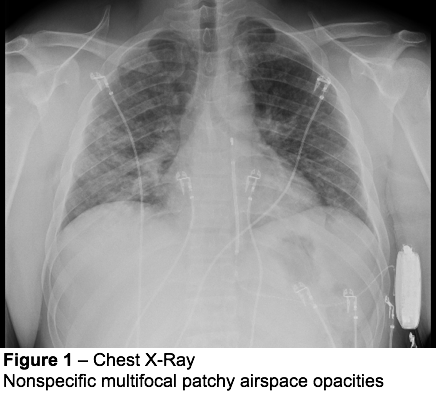
It Is Not Always Tuberculosis Tree In Bud Opacities Leading To A Diagnosis Of Sarcoid Abstracts
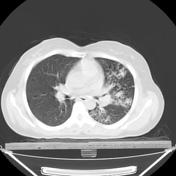
Tree In Bud Sign Lung Radiology Reference Article Radiopaedia Org
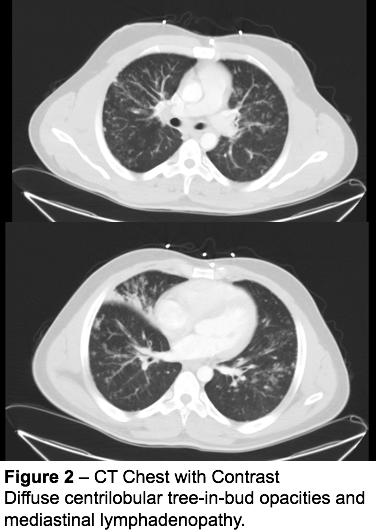
It Is Not Always Tuberculosis Tree In Bud Opacities Leading To A Diagnosis Of Sarcoid Abstracts

Pin By Paula Cla On Radiologia Radiology Imaging Radiology Medical Knowledge
View Of Tree In Bud The Southwest Respiratory And Critical Care Chronicles

References In Causes And Imaging Patterns Of Tree In Bud Opacities Chest

Tree In Bud Caused By Haemophilus Influenzae Radiology Case Radiopaedia Org

Chest Ct With Multifocal Tree In Bud Opacities Diffuse Bronchiectasis Download Scientific Diagram

Tree In Bud Sign Lung Radiology Reference Article Radiopaedia Org

Tree In Bud Pattern Radiology Case Radiopaedia Org
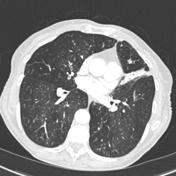
Tree In Bud Sign Lung Radiology Reference Article Radiopaedia Org
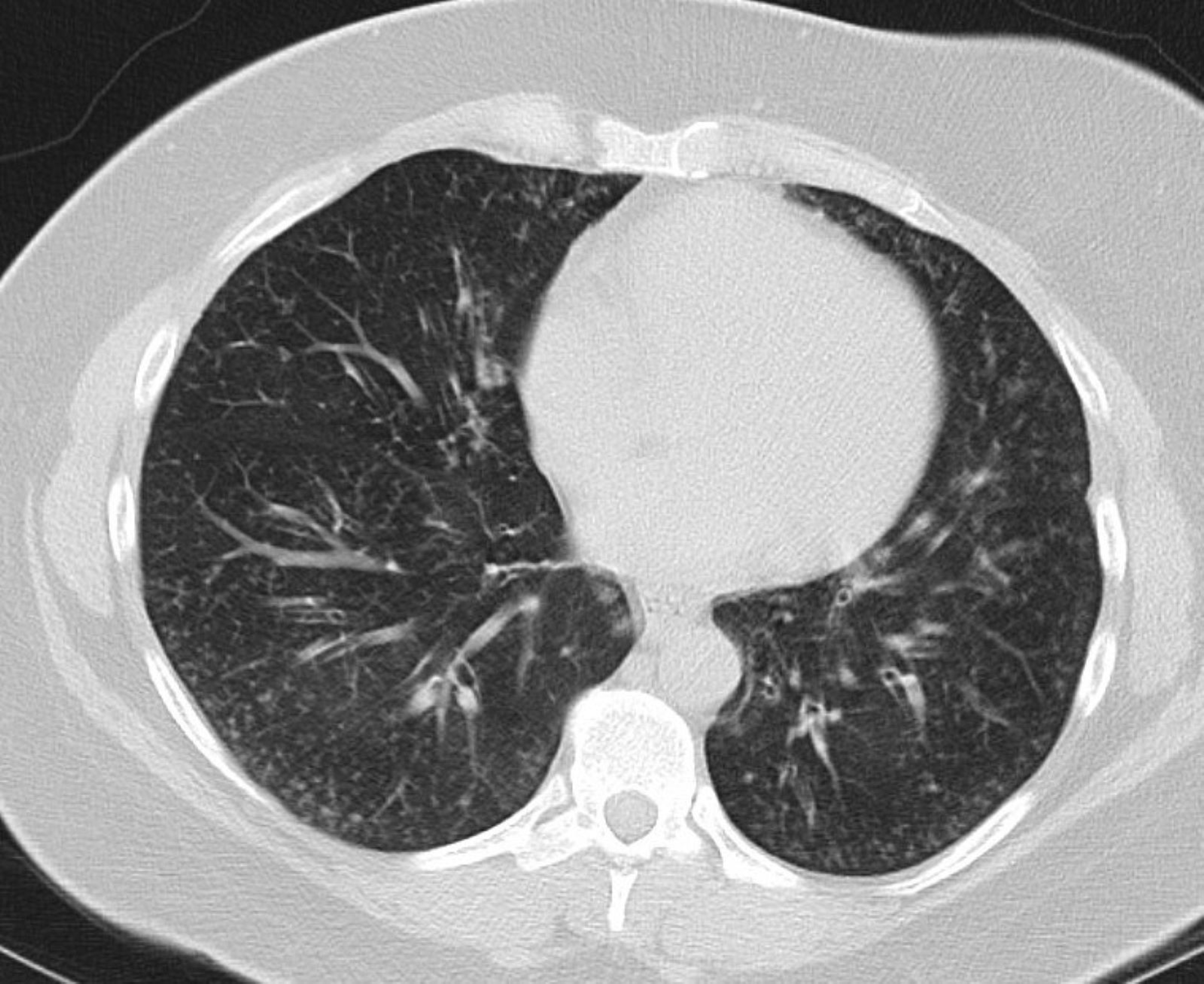
Cureus Follicular Bronchiolitis Associated With Primary Igg2 Igg4 Deficiency In A Previously Healthy 40 Year Old Woman
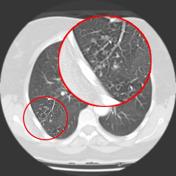
Tree In Bud Sign Lung Radiology Reference Article Radiopaedia Org
